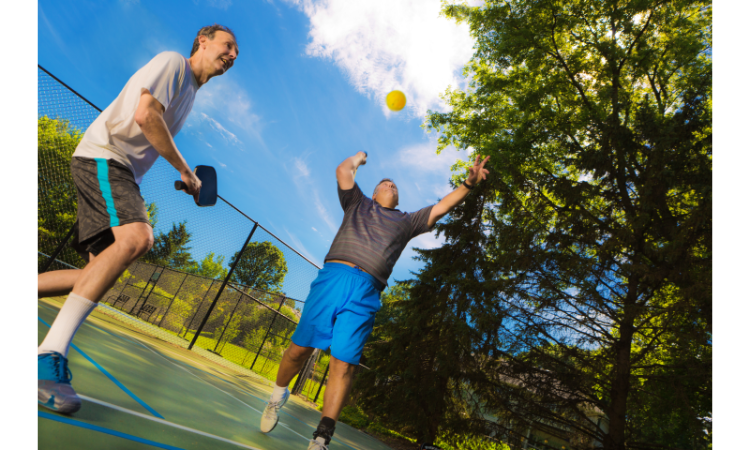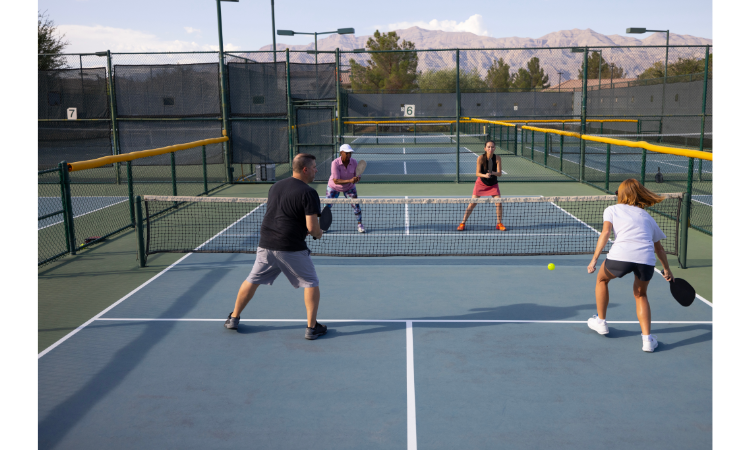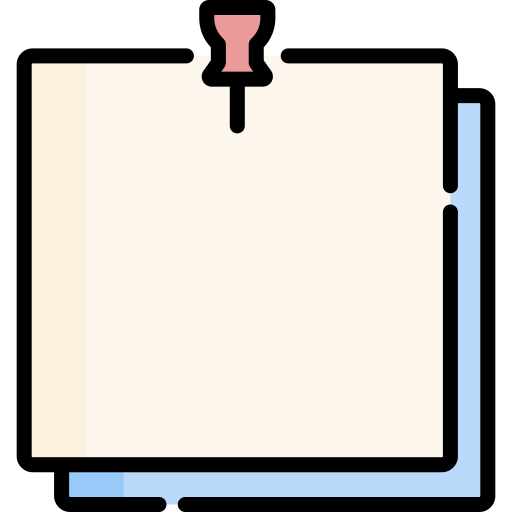
How do you determine pickleball skill levels and why is it important? Learning what your current rating is will help you find the right recreational groups to play in. Knowing your skill level can also help determine what bracket you should play in when you sign up for tournaments.
What Are the General Skills Levels in Pickleball?
If you want to play in recreational games or leagues, some directors will place you in a group based on your general skill level by assessing your game or by what you tell them. This is a more broad rating and is best for recreational-type play because you encounter various levels and learn how to adapt to each style of play.
1. Beginner Level
The beginner level is where most players start their pickleball journey. At this stage, the focus is on mastering the basic rules, developing hand-eye coordination, and getting familiar with the court.
You’ll learn the fundamental shots like the serve, forehand, and backhand, as well as basic footwork and positioning. It’s all about building a solid foundation and enjoying the game while gaining confidence on the court.
2. Intermediate Level
As you gain more experience and improve your skills, you can progress to the intermediate level. At this stage, you’ll start to develop consistency and begin incorporating more advanced shots into your gameplay.
You’ll become more strategic in your shot selection and learn to anticipate your opponent’s moves. You emphasize improved footwork, agility and shot placement, and start to engage in longer rallies with increased control over your shots.
3. Advanced Level
Reaching the advanced level in pickleball is telling of your dedication and perseverance towards the sport. At this level, you possess exceptional shot-making abilities, strategic thinking, and a deep understanding of the game.
You can execute various shots accurately and precisely, including dinks, drops, lobs, and smashes. You’ve honed your reflexes, court positioning, and anticipation skills to dictate rallies and exploit your opponent’s weaknesses.
4. Expert Level
The expert level represents the pinnacle of pickleball skill. At this level, you’ll have mastered all aspects of the game, from shot selection to court coverage. You exhibit exceptional control over your shots, utilizing spin, power, and finesse to outmaneuver your opponents.
You understand the game’s intricacies, using tactics like shot placement, deception, and strategic positioning to gain an edge and can adapt to different opponents and situations effortlessly.
What Are the Skill Levels in Pickleball for Tournaments?
Let’s define the pickleball skill levels so you can get a better understanding of where you fit in and what you need to do to move to the next level. Take a look at this pickleball skill level chart as a reference for you to know what your skill level is.
Skill Rating
| Skill Rating | Description |
| 1.0 – 2.0 |
|
| 2.5 |
|
| 3.0 |
|
| 3.5 |
|
| 4.0 |
|
| 4.5 |
|
| 5.0 |
|
| 5.5+ |
|
Need a little more help understanding pickleball skill levels? There is a USA pickleball skill descriptions chart that dives deep into each rating.
How do you Determine Your Pickleball Skill Level?
There are three ways to determine your pickleball skill level. Let’s talk about them in detail.
1. Self-assessment
Many players self-rate and enter local, non-sanctioned tournaments based on their own ratings. You can look at the pickleball skill chart above or download a skill assessment sheet by USA Pickleball to determine what your skill level is.
Some key tips to think about when self-assessing:
- Reflect honestly on your pickleball experience, skill level, and overall performance.
- Consider factors like your consistency, shot variety, court positioning, and ability to handle different gameplay and styles.
2. USA Pickleball Tournament Player Ratings
Also known as UTPR, this four-digit rating system (0.000 to 6.999) is based on your sanctioned tournament wins/losses and your opponent’s UTPR rating. A sanctioned tournament is an event where the director gets official approval, and all entrants are registered USA Pickleball members.
Your rating not only depends on tournament performances, but also on the condition that the matches were recorded on pickleballtournaments.com.
Gaining a UTPR is one of the more accurate ways to determine your rating because you’re being tested in real-life match situations rather than self-assessing (and usually assessing from recreational play, which is lower stakes pickleball).
Remember that your four-digit rating is rounded down to the two-digit skill rating (2.5, 3.0, 3.5, etc.) when entering a tournament. This applies to all events (gender doubles, mixed doubles, and singles). For example, if your pickleball skill rating is 3.332 in mixed doubles, your two-digit rating is 3.0.
3. Dreamland Universal Pickleball Rating
You may be familiar with its abbreviated name DUPR because many professionals like Corrine Carr promote this system.
DUPR is a newer rating system that differs from the self-assessment and UTPR in the following ways:
- The DUPR system uses an Elo algorithm to calculate your pickleball skill rating that is based on wins/losses, type of result (tournament, league match, and recreational play), and the rating difference of your opponent.
- The pickleball skill ratings range from 2.00 to 8.00.
- The rating is dependent on the lowest skill level on the court. For example, DUPR considers that the lower-level skilled player will see more balls because they will most likely be targeted by their opponents.. If their team wins, the lower-level player’s rating will increase more than their teammate’s rating. For singles, if you beat a player that has a significantly higher skill level, you’ll rise up the ranks quicker.
- DUPR has one combined rating instead of individual ratings for singles, doubles, and mixed doubles.
Next Steps
Understanding the pickleball skill ratings can be a powerful tool. Once you’ve determined your appropriate pickleball skill level, you can look at the other higher ratings to see what you need to do and practice in order to advance.
One way to advance your rating is by playing in tournaments. You may be able to hang out with the 4.0 skill levels in recreational play. But in tournaments when the stakes are high, your true level of play might be at 3.0 or 3.5. Getting tournament matches under your belt can build confidence in your pickleball strokes under pressure.
Drilling is also a great way to advance your rating. Find a partner and play skinny singles or work on strategy-specific drills that’ll help you build muscle memory.




































